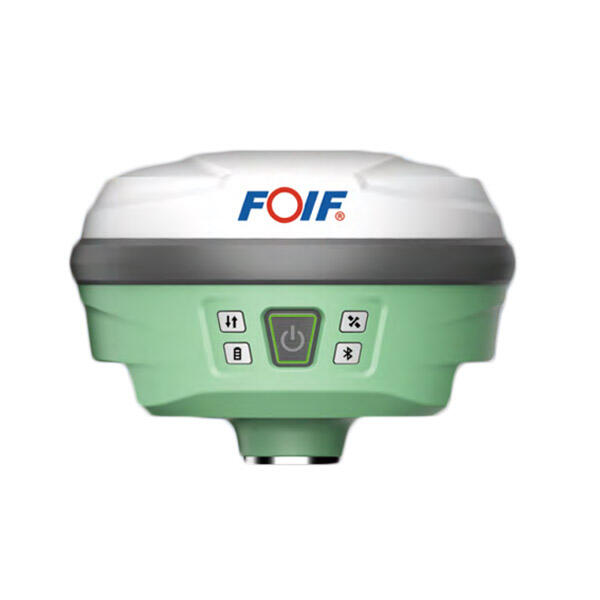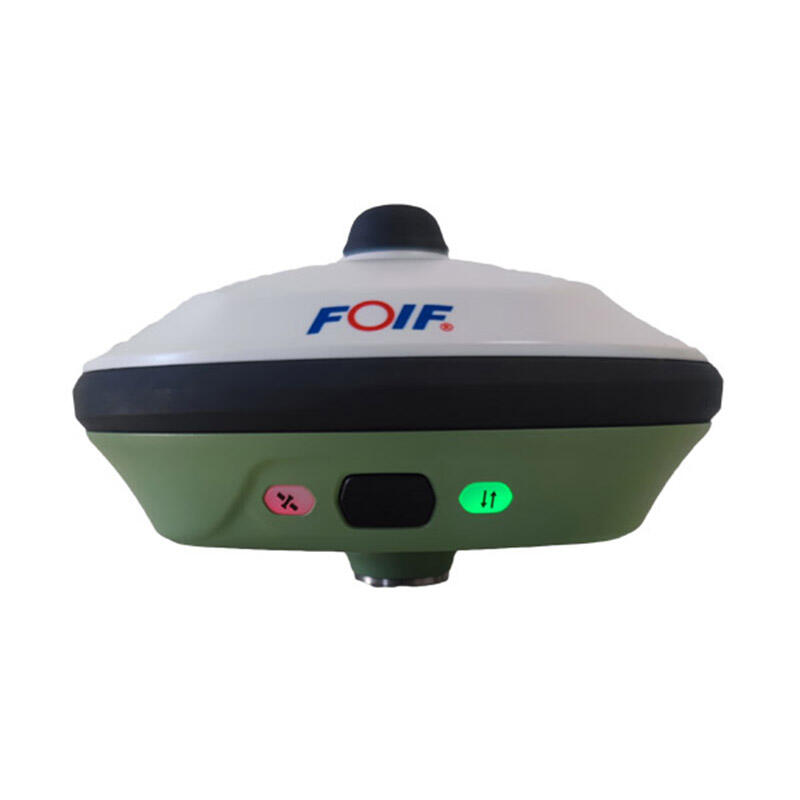Understanding Modern Theodolite Technology in Engineering
Selecting the appropriate theodolite for your engineering project can significantly impact the accuracy and efficiency of your surveying work. These precision instruments have evolved from simple mechanical devices to sophisticated electronic systems that combine traditional surveying principles with cutting-edge technology. Whether you're working on a large-scale construction project or conducting detailed topographical surveys, the right theodolite can make the difference between project success and costly setbacks.
Modern theodolites represent a crucial investment for engineering firms and surveying professionals. With options ranging from basic optical models to advanced robotic total stations, understanding the key factors that influence theodolite selection becomes essential for making an informed purchase decision. This comprehensive guide will walk you through the critical considerations and technical specifications you need to evaluate.
Essential Theodolite Features for Professional Applications
Accuracy and Precision Specifications
The angular accuracy of a theodolite is perhaps its most crucial specification. Professional-grade theodolites typically offer accuracy levels ranging from 1 to 5 arc seconds, with higher-end models achieving even greater precision. For most engineering projects, a theodolite with 2-3 arc second accuracy provides an excellent balance between precision and cost-effectiveness.
When evaluating accuracy specifications, consider both horizontal and vertical angle measurements. Modern electronic theodolites often display measurements to a fraction of a second, but it's important to understand that displayed precision doesn't always equate to actual measurement accuracy. Verify the manufacturer's stated accuracy through calibration certificates and independent testing documentation.
Digital Display and Data Storage Capabilities
Electronic theodolites offer significant advantages through their digital displays and data storage features. Look for models with clear, backlit displays that remain readable in various lighting conditions. The ability to store measurement data directly in the instrument eliminates manual recording errors and increases workflow efficiency.
Advanced models often include internal memory capable of storing thousands of points, USB connectivity for data transfer, and compatibility with industry-standard surveying software. These features become particularly valuable on large projects where data management and documentation are critical requirements.

Environmental Considerations and Durability
Weather Resistance and Operating Conditions
Engineering projects rarely stop for weather, making environmental protection a crucial consideration when selecting a theodolite. Professional instruments should carry an IP rating (Ingress Protection) of at least IP54, indicating protection against dust and water splashes. Higher-end models often feature IP66 or better ratings, offering enhanced protection in challenging conditions.
Consider the temperature range in which the theodolite will operate. Quality instruments typically function reliably between -20°C and +50°C. If your projects frequently involve extreme conditions, verify that the theodolite's specifications match your environmental requirements.
Build Quality and Maintenance Requirements
The physical construction of a theodolite directly impacts its longevity and reliability in the field. Look for models with robust metal construction, quality optical components, and sealed housings. Instruments with minimal exposed moving parts generally offer better durability and require less maintenance.
Regular calibration and maintenance schedules should factor into your selection process. Some manufacturers offer comprehensive service packages and local support networks, which can be invaluable for maintaining instrument accuracy and minimizing downtime.
Advanced Features and Integration Capabilities
Electronic Data Collection Systems
Modern theodolites often incorporate sophisticated data collection features that streamline the surveying process. Look for instruments with built-in software for common calculations, coordinate geometry, and data processing. The ability to export data in various formats ensures compatibility with your existing workflow and documentation requirements.
Some advanced models include Bluetooth connectivity, allowing wireless data transfer to field computers or mobile devices. This feature can significantly improve efficiency, especially on large sites where immediate data verification and processing are necessary.
Automation and Remote Operation
Robotic total stations represent the cutting edge of theodolite technology, offering automated target tracking and remote operation capabilities. While these features come at a premium, they can dramatically increase productivity on large projects by reducing the required field crew size and accelerating data collection.
Consider whether automated features align with your project requirements and budget. For some applications, a traditional electronic theodolite may offer better value, while others may benefit significantly from automated capabilities.
Cost Considerations and Return on Investment
Initial Purchase and Long-term Value
Theodolite prices vary significantly based on features, accuracy, and manufacturer reputation. While it's tempting to focus on initial cost, consider the total cost of ownership, including maintenance, calibration, and potential upgrade requirements. Premium instruments often justify their higher price through superior reliability and longer service life.
Factor in the potential revenue impact of increased efficiency and capability. A more expensive theodolite that reduces setup time, increases accuracy, or enables new services may provide better long-term value than a basic model.
Warranty and Support Services
Manufacturer warranty terms and available support services should influence your selection. Leading manufacturers typically offer multi-year warranties covering both mechanical and electronic components. Evaluate the availability of local service centers, technical support, and training resources.
Consider the manufacturer's track record for firmware updates and technical improvements. Regular software updates can extend an instrument's useful life and add new capabilities over time.
Frequently Asked Questions
What is the typical lifespan of a professional theodolite?
A well-maintained professional theodolite can remain reliable and accurate for 7-10 years or longer. Regular calibration, proper storage, and careful handling significantly influence instrument longevity. Many surveyors continue using their instruments beyond this period, though they may require more frequent calibration to maintain optimal accuracy.
How often should a theodolite be calibrated?
Professional theodolites should undergo calibration at least annually, with more frequent checks if the instrument experiences heavy use or harsh conditions. Many organizations implement six-month calibration intervals for critical applications where maximum accuracy is essential.
Can theodolites be used in extreme weather conditions?
While modern theodolites are designed for field use, extreme conditions can affect their accuracy and reliability. Most professional instruments operate reliably in temperatures from -20°C to +50°C and light rain, but heavy precipitation, extreme heat or cold, and strong vibrations may require special precautions or temporary work stoppage.

